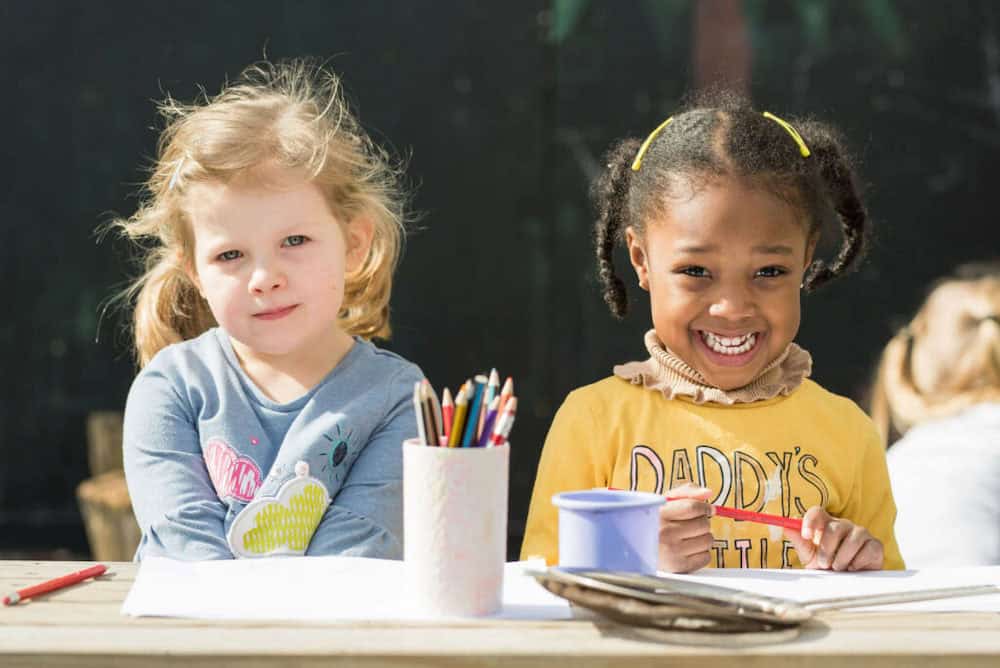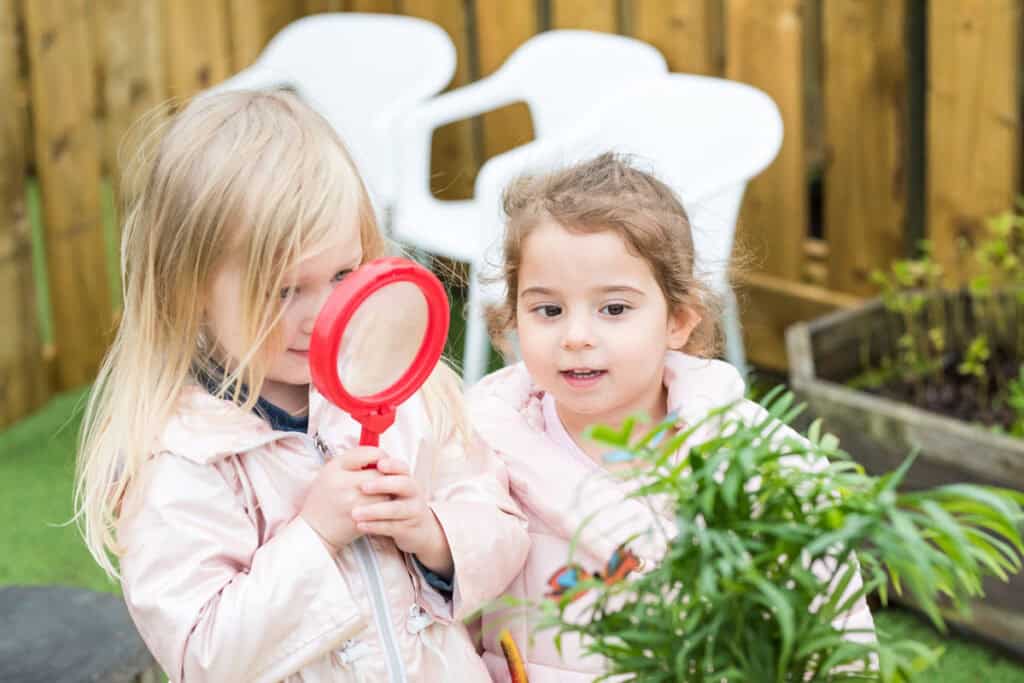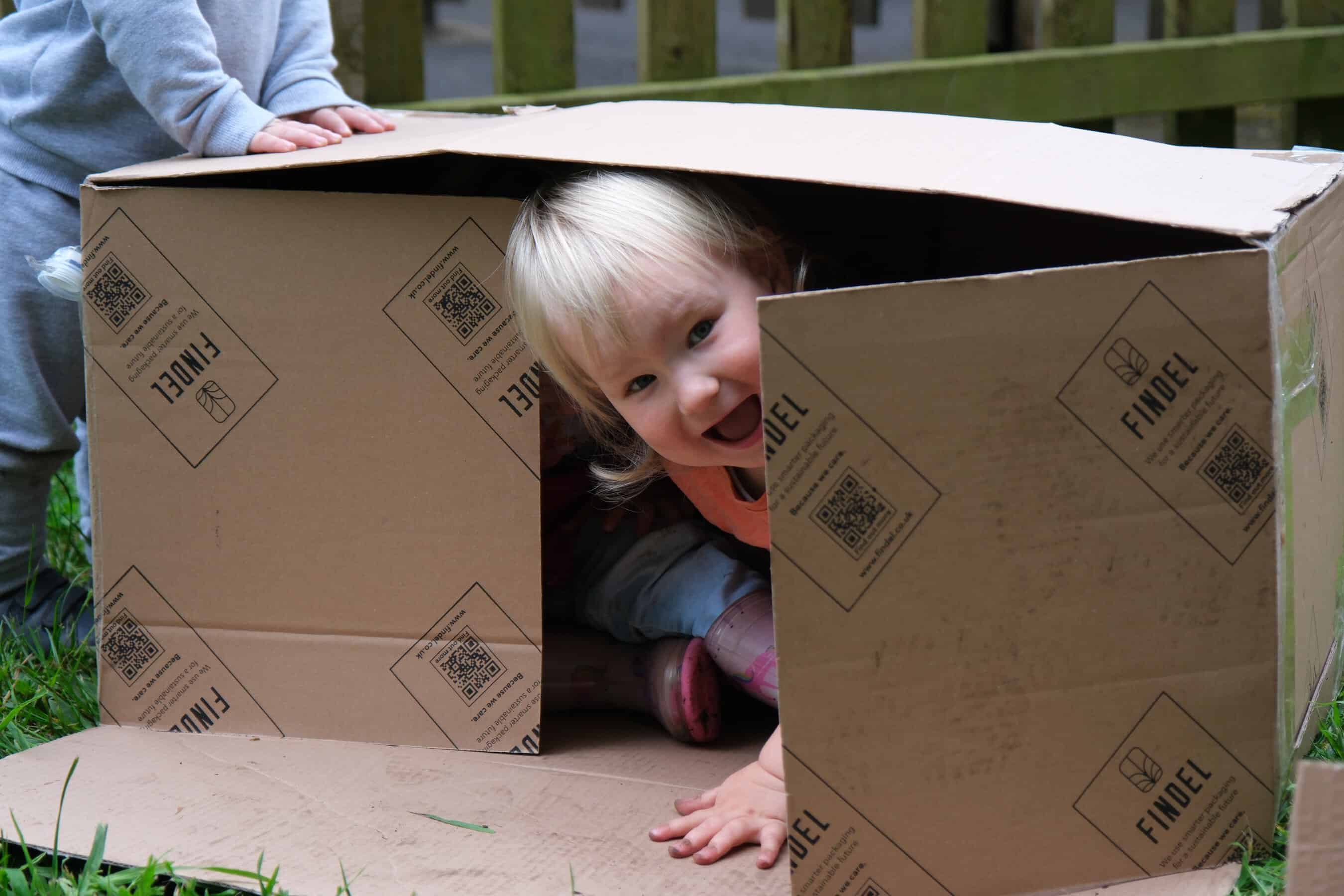This website uses cookies so that we can provide you with the best user experience possible. Cookie information is stored in your browser and performs functions such as recognising you when you return to our website and helping our team to understand which sections of the website you find most interesting and useful.
Conservation
Thrive Childcare and Education is committed to being kind to, and protecting, our planet, a commitment which is cascaded throughout our settings.
Each of our nurseries will have a named conservation champion.
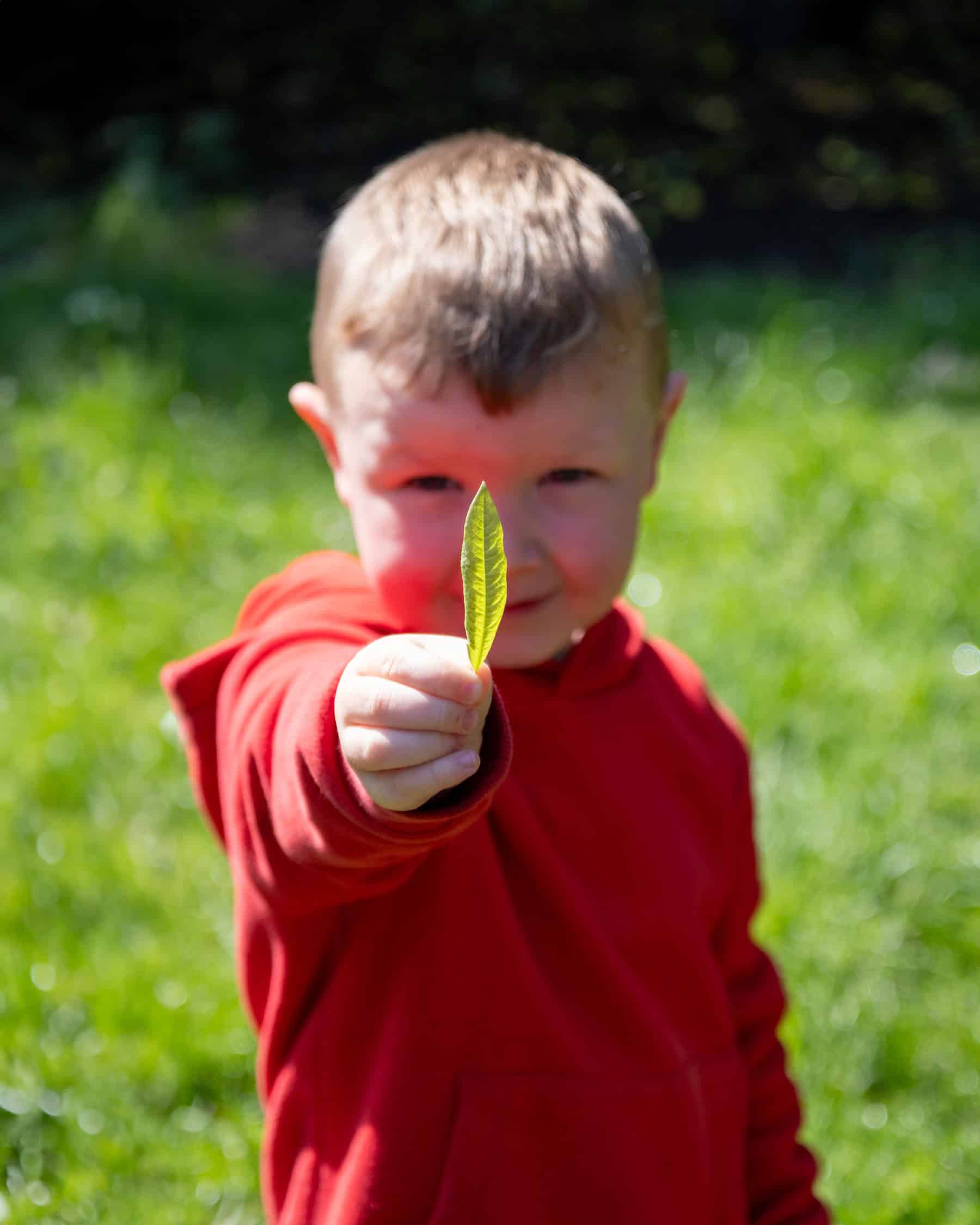
The Importance of Conservation
Planet Earth is the only home we have. It provides us with food, water, spaces to play and essential resources to help us survive. BUT our planet is a living entity and needs to be cared for just like any other living being.
At Thrive we are passionate about looking after our planet in order that the children we care for, and future generations, can still experience the awe and wonder of the natural world we live in. As such we have created our own initiative called ‘Conservation Champions’.
Here are some facts to help outline the importance of conservation.
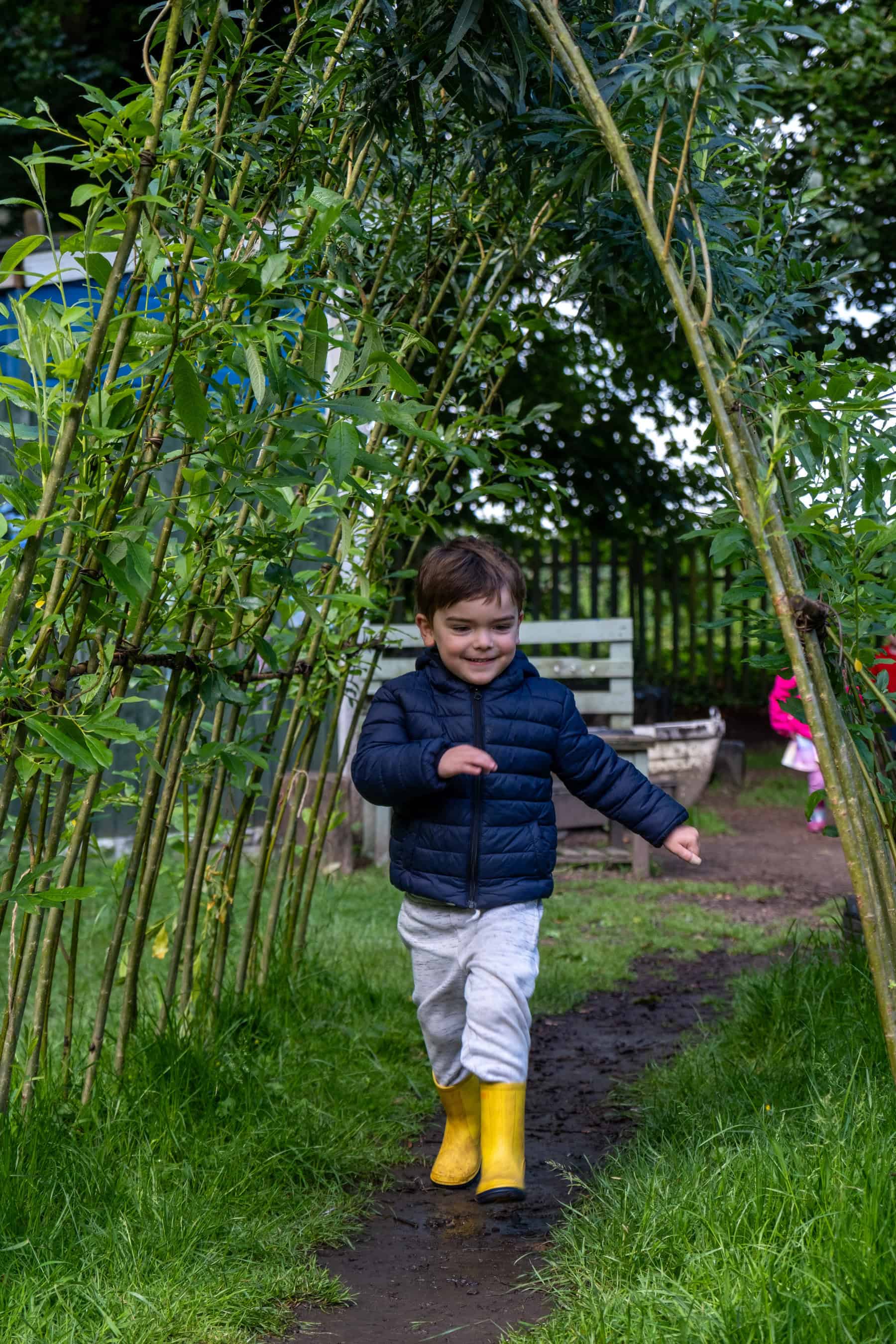
Climate Change
Over the last century, the human race has had a catastrophic impact on the well-being of the planet resulting in changes in the climate that must be tackled urgently.
Climate change (or global warming) is the process of our planet heating up. Scientists estimate that since the mid-nineteenth century, human activity has caused the Earth to warm by approximately 1°C. While that might not sound like much, it means big things for people and wildlife around the Globe. It is estimated that if the global temperature rises by more than 1.5°C, the World will see irreversible changes. Stopping the climate problem here and now is our last chance.
We are currently living through a mass extinction which is characterised by a widespread decrease in biodiversity on Earth. Experts estimate that every day as many as 150 species are becoming extinct due to human activity.
Unfortunately, rising temperatures do not mean that we will get nicer weather – if only! The changing climate will make our weather more extreme and unpredictable. As temperatures rise, some areas will get wetter and lots of animals (and humans) could find they are not able to adapt to their changing climate.
This is often referred to as the ‘greenhouse effect’.
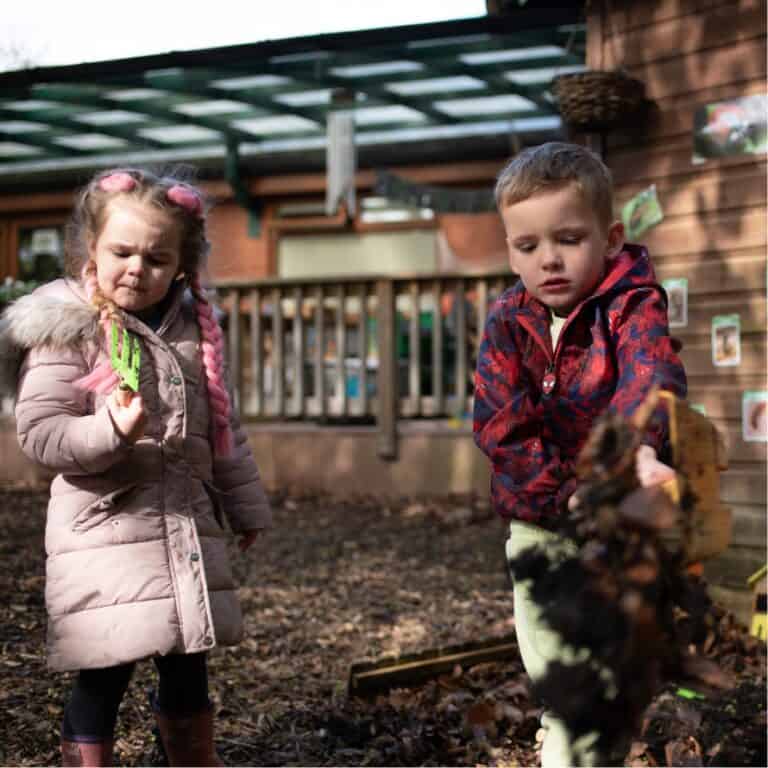
Conservation Champions
Conservation Champions is an initiative that allows our ethos of being kinder to our planet to be cascaded throughout our settings and ensuring we take action, making small changes every day.
Conservation Champions is a ‘whole team’ approach that requires our people, at all levels, to commit to doing their part to creating a more sustainable approach to early years provision, ensuring that the children we care for now have access to healthy and natural environments as adults.
In order to ensure the Conservation Champions message becomes a part of our setting’s everyday practice, each of our nurseries will have a named Conservation Champion Leader.
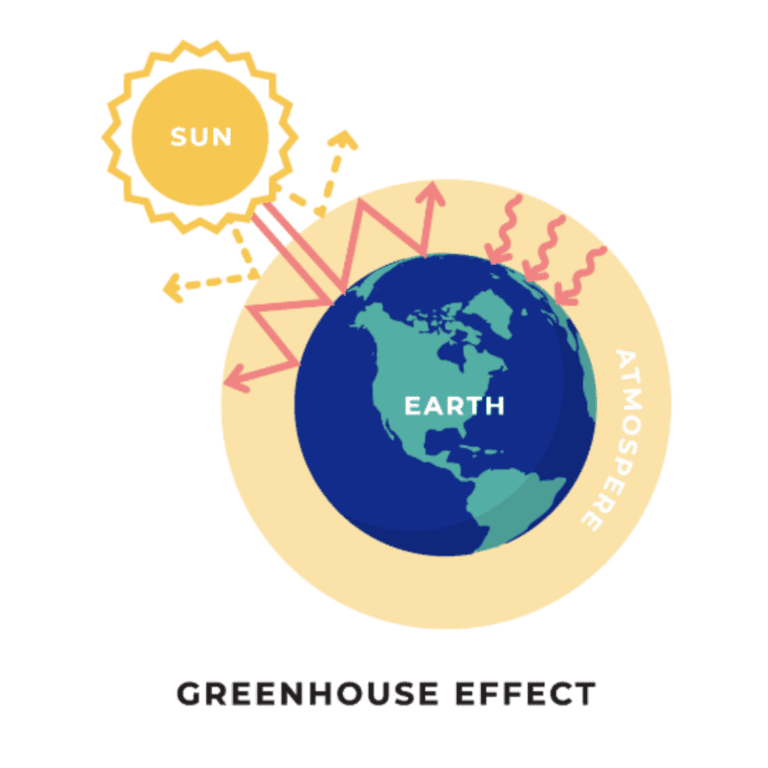
What is the Greenhouse Effect?
The ‘greenhouse effect’ is the warming that happens when certain gases in Earth’s atmosphere trap heat. These gases let in light but keep heat from escaping, like the glass walls of a greenhouse, hence the name.
Extracting too many natural resources, factory farming and overfishing, and the production of plastic have contributed to this alarming rise in greenhouse gases.
Carbon dioxide is contributing to this as we are currently producing too much for the Earth to handle. At the same time, we are destroying the one thing that can help naturally reduce carbon dioxide levels… trees!
Did you know?
By 2050, with a projected increase global population of 9.6 billion, we would need the equivalent of almost 3 planets’ worth of resources to sustain our way of living if our current consumption and production patterns remain the same.
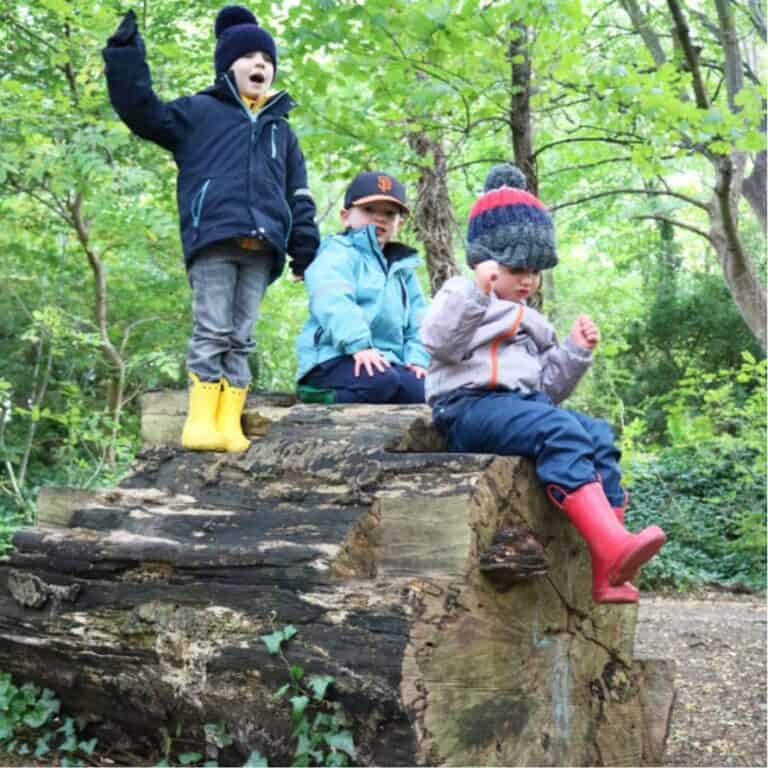
Deforestation
Trees help fight climate change. As they grow, they help stop climate change by removing carbon dioxide from the air, storing carbon in the tress and soil, and releasing oxygen into the atmosphere.
Trees provide many benefits to us every day. Unfortunately, between 1990 and 2016, the world lost 502,000 square miles (1.3 million square kilometres of forest, according to the World Bank – an area larger than South Africa. Since humans started cutting down forests, 46% of trees have been felled, according to a 2015 study in the journal, Nature.
About 17% of the Amazon rainforest has been destroyed over the past 50 years, and losses recently have been on the rise. The number one cause of deforestation is animal agriculture, with rainforests and woodlands being removed to make spaces for pastures for livestock.
According to Nasa, if we continue at this current rate of destruction, the World’s rainforests will be gone by 2100.
But we love trees!
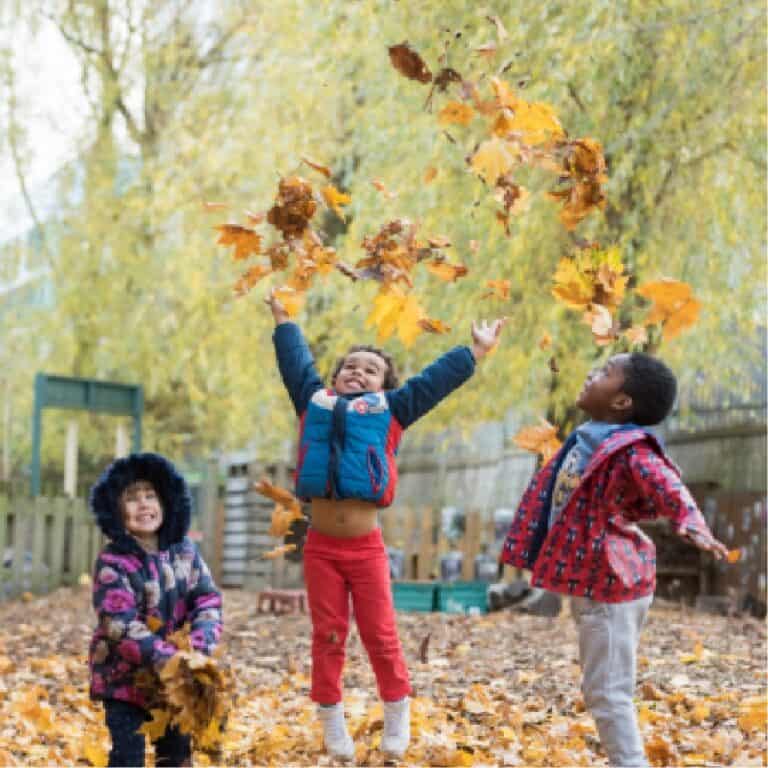
Looking After Our Natural World
Nature will play a critical role in our actions by providing a two-for-one solution to reduce the impacts of rapid climate change.
The places we protect and restore both store carbon and help people and nature adapt to our changing climate.
Nature conservation means protecting our environment and the wildlife that live in it. Ways we can do this are:
- Rewilding areas of our outdoor space to provide habitats for insects, animals and birds.
- Creating bug hotels and treating any bugs we find with great care.
- Planting a variety of safe plants and flowers that not only provide wonderful, sensory experiences for children, but attract a fascinating variety of wildlife.
- Watering plants and flowers that need help when it is very hot.
- Picking up litter to avoid animals eating it or being hurt by it.
- Hanging bird feeders in the garden.
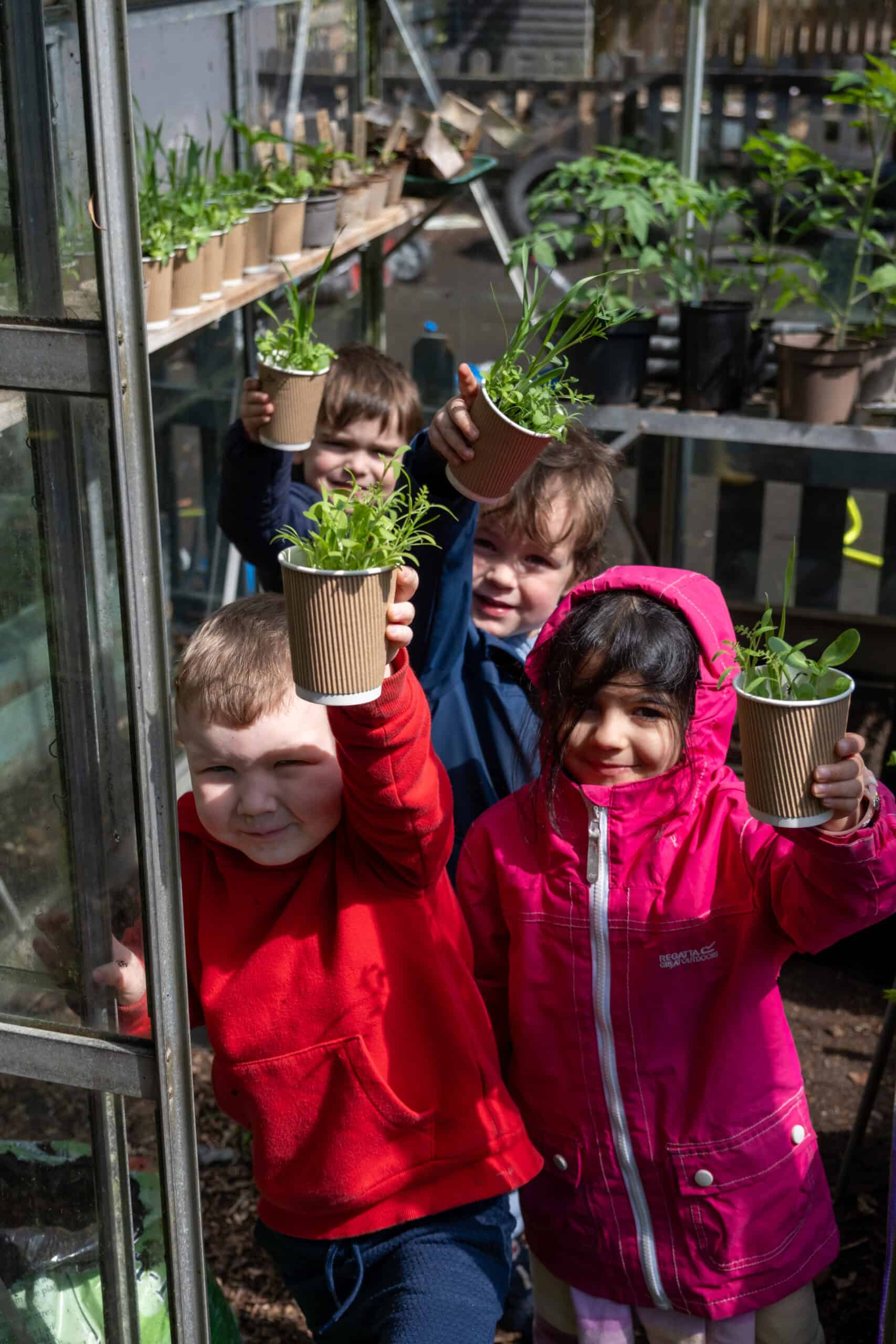
Growing Fruits & Vegetables
Teaching children where fruits and vegetables come from will give them a respect for how amazing the Earth and nature is which could lead to a positive interest in healthy eating.
Ensuring they are involved in the process will give them essential skills that will last a lifetime. Ways we can do this are:
- Planting seeds in small pots and nurturing them as they grow into seedlings before repotting them or planting them outdoors.
- Allowing children to water plants every day.
- Encouraging children to observe the changes as plants grow.
- Allowing children to eat produce safely and/or take home to share with their families.
- Teaching children about the seasons and the different produce that grows at different times of the year.







